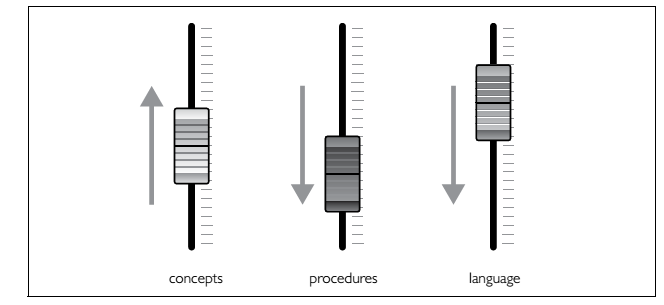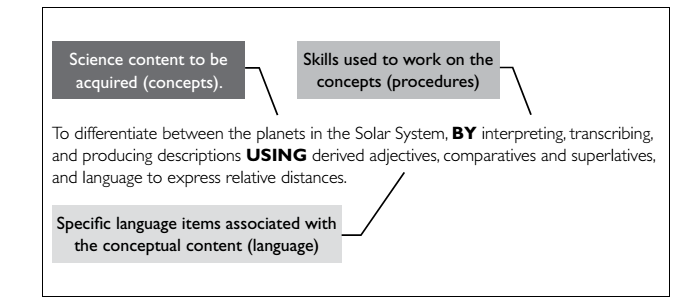
Ahead of his talk at this year’s IATEFL conference in Birmingham, Phil Ball previews Improving language education through content: the “3 dimensions” of CLIL today on the blog. If you’re unable to attend this year’s conference, be sure to register for our exclusive webinar with Phil on the topic on 19th and 20th April.
It remains an interesting irony that subject teachers have been exhorted, ever since the famous Bullock Report in 1975, to become ersatz-language teachers in the ‘Language across the curriculum’ movement, whilst language teachers have never been exhorted to understand the world of content. They remain in the dark when it comes to subject teaching, and rarely observe teachers in ‘normal’ classrooms. The closest they often get to that world is by practising ‘Soft CLIL’ (allegedly ‘language-led) but this is something of a misnomer. Why would we want to make something ‘language-led’? Why not make it ‘concept-led’? Just use the language to help. If subject teachers are being asked to understand language, why cannot language teachers be asked to understand (and use) content? After all, there is a huge smorgasbord of the stuff out there, just waiting to be used.
Nevertheless, if language teachers want to understand and contribute to CLIL, for example in a bilingual school context or in any school dabbling with the approach, then it’s useful to understand the three-dimensional aspect of ‘content’. The world of CLIL is basically conceptual, procedural and linguistic. Language is also content, when viewed from this perspective. At any point in a lesson, the teacher may find that one of these dimensions is more prominent than the other. If the conceptual dimension (demand) is high then the linguistic demand is probably similar. In this case, the teacher, as in a mixing-studio, can turn down the procedural volume, and make the ‘how’ the quieter/easier of the three dimensions. The combinations are various, but this is good teaching –adjusting the ‘volumes’ according to the shifting demands.

It’s a powerful idea – that we employ conceptual content, by means of procedural choices (cognitive skills), using specific language derived from the particular discourse context. It is the interplay amongst the dimensions that lies at the heart of CLIL practice. The concepts are ultimately understood by doing something, using a certain type of discourse.

A good way to combat scepticism (and thus spread the good word) is to emphasise that the twin core features of CLIL are basically these:
- supporting language learning in content classes (Hard CLIL)
- supporting content learning in language classes (Soft CLIL)
If these things happen, all the rest can follow. And it may even be worth changing the above two sentences to read:
- supporting language awareness in content classes
- supporting content awareness in language classes
Successful CLIL, whether taught by a language or a subject teacher, tosses its learners into the deep end of the conceptual and procedural swimming-pool, then throws in the linguistic arm-bands. Language teaching has for decades carefully taken learners to the shallow end, in the vague hope that someday they might swim. Far too many never get anywhere near the deep end.


Reblogged this on hungarywolf.